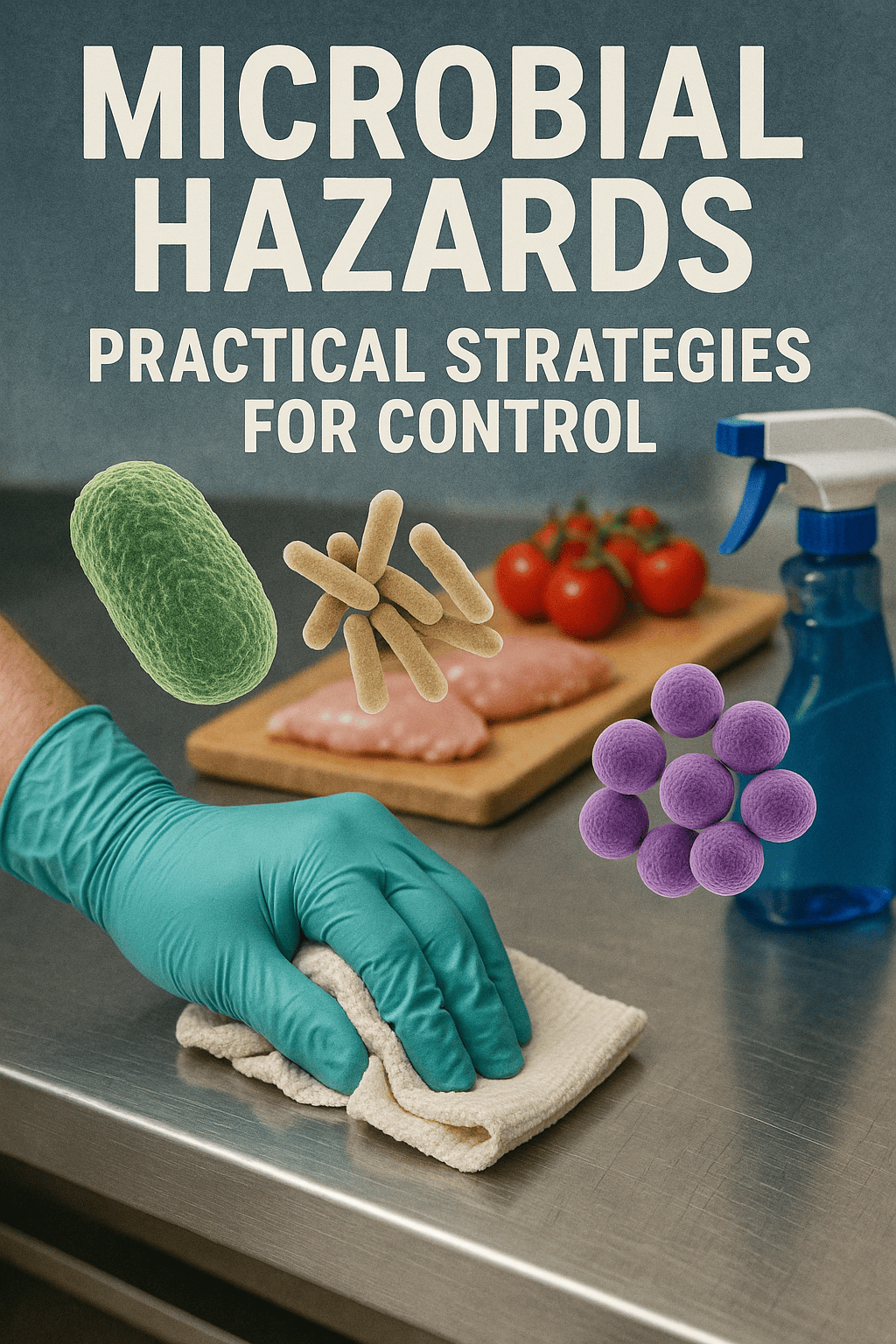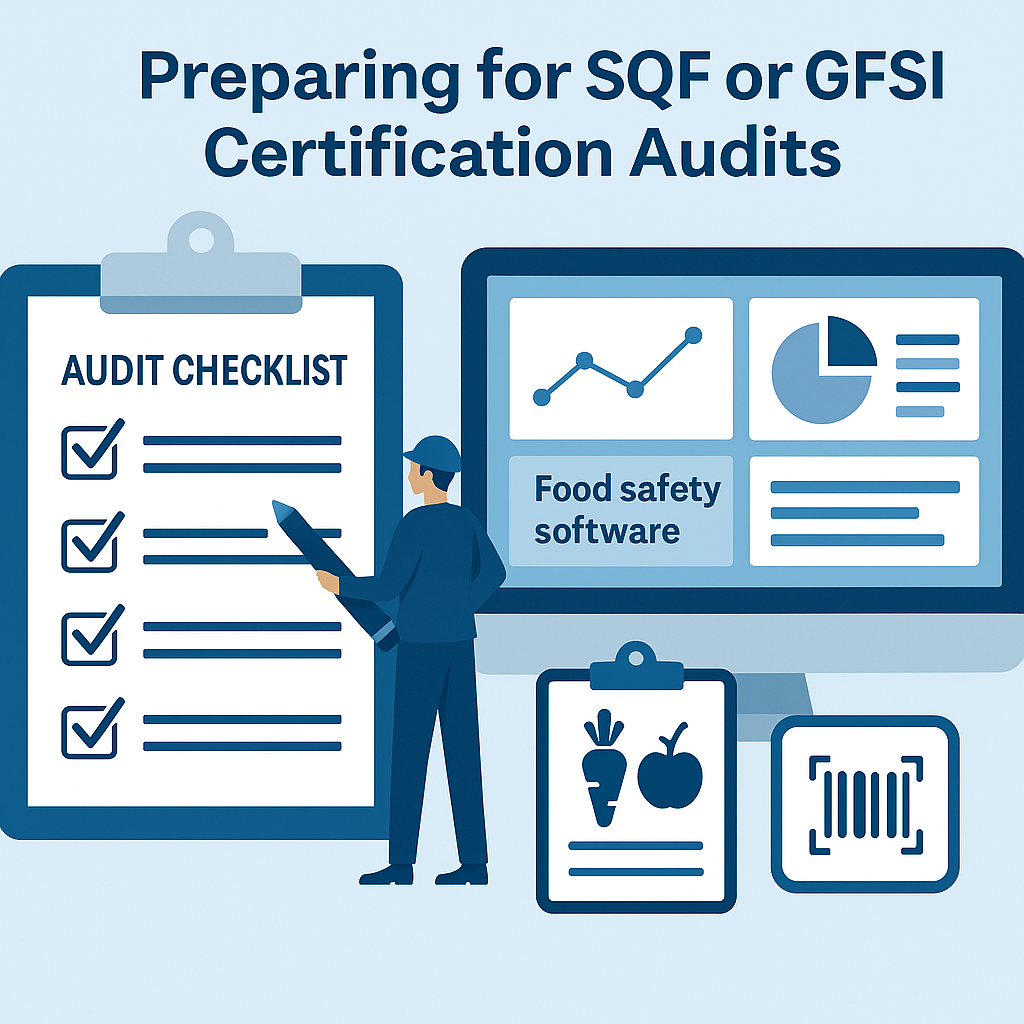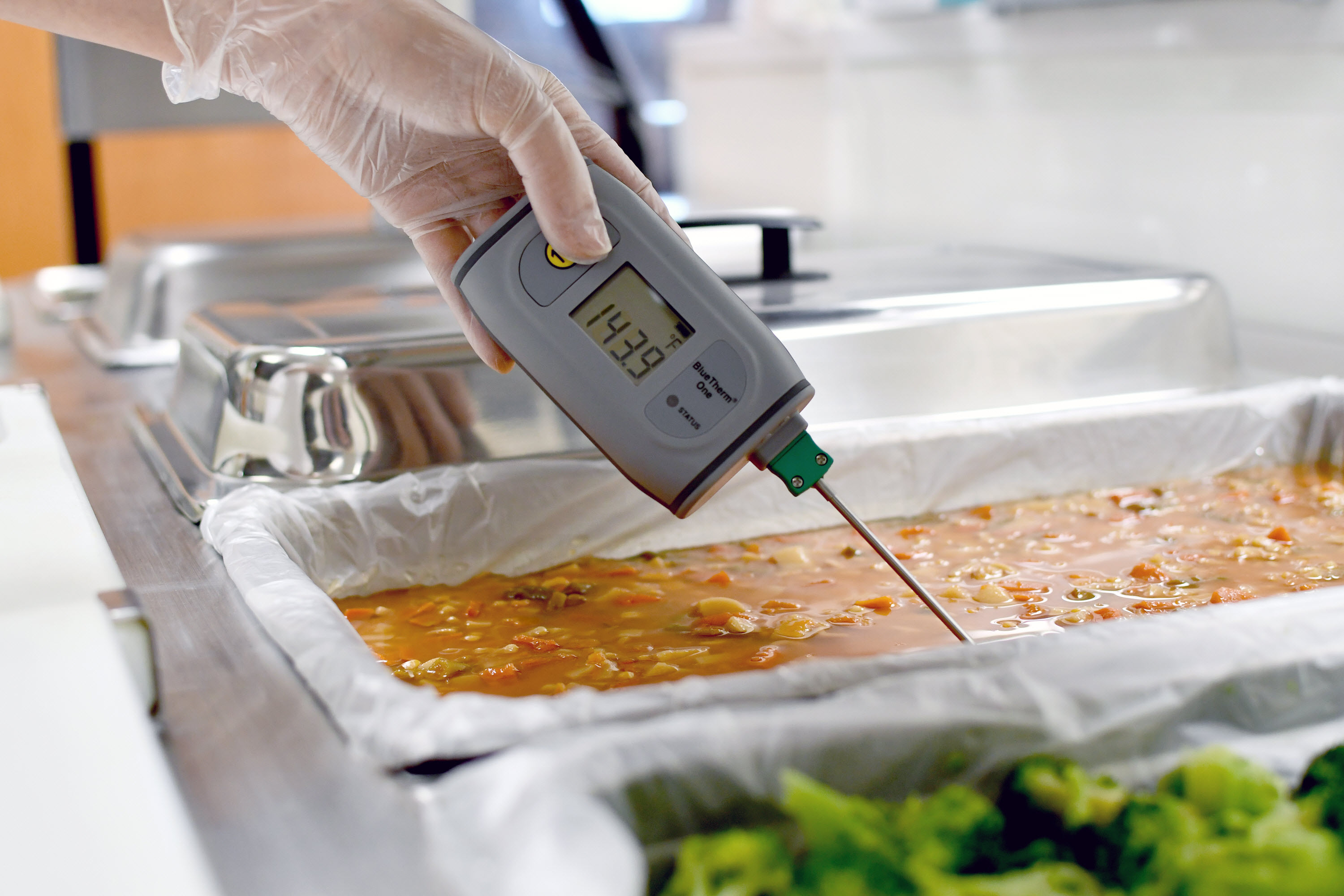In the intricate world of food production and distribution, quality lapses don’t just cost money—they cost trust. A mislabeled product, an unreported deviation, or a supplier oversight can quickly spiral into recalls, legal battles, or even harm to consumers. Yet, too often, companies operate in reactive mode, putting out fires instead of preventing them.
To thrive in this high-stakes environment, food businesses must embed a system that doesn’t merely respond to problems—but anticipates, contains, and prevents them. Enter the Corrective and Preventive Action (CAPA) system.
This blog explores why a strong CAPA framework isn’t just a compliance tool but a competitive differentiator. We'll walk through each step of an effective CAPA process, supported by real-world examples and practical tips, and show how modern food safety software like NORMEX can future-proof your operations.
The Strategic Role of CAPA in Food Safety
CAPA, short for Corrective and Preventive Action, is a structured method used to identify root causes of issues and put measures in place to resolve and preempt them. While often discussed in quality assurance circles, its real power lies in operational transformation and risk management.
Let’s break down the dual nature of CAPA:
-
Corrective Action: Responds to a problem that has already occurred. The goal is to fix the issue, eliminate its root cause, and prevent it from happening again.
-
Preventive Action: Anticipates and mitigates potential problems before they occur, using trends, data, and foresight.
In combination, these two approaches drive continuous improvement, reduce risks, and support long-term food safety success.
Why CAPA is a Business Imperative
A poorly managed CAPA system often leads to repeated failures, operational bottlenecks, and regulatory penalties. A strong CAPA system, on the other hand, creates measurable value:
-
Regulatory Compliance: Demonstrates a proactive risk management culture to CFIA, FDA, and other regulators.
-
Audit Success: Increases your readiness for BRCGS, SQF, or ISO audits.
-
Customer Confidence: Builds credibility with retail partners, distributors, and end-users.
-
Cost Savings: Prevents repeated waste, rework, and product loss.
-
Operational Clarity: Enhances collaboration between QA, production, and procurement teams.
When integrated into food traceability software, a CAPA system becomes faster, more reliable, and easier to scale—especially for multi-site operations.
Building a Robust CAPA System: Step-by-Step
Step 1: Capture the Problem Clearly
Everything begins with data. A customer complaint, a failed CCP check, an internal audit finding, or a deviation report—each is a signal.
Example: A frozen food company receives three complaints in a week about undercooked chicken products.
In your CAPA system, log this issue with all contextual data:
-
Product ID
-
Lot numbers
-
Date and time of incident
-
Staff on shift
-
Equipment used
Use software to standardize the intake process, assign ownership, and timestamp the report. This improves traceability and avoids missed entries.
Step 2: Prioritize Through Risk Assessment
Not all problems require the same urgency. Use structured tools to triage:
-
Risk Matrix (Likelihood x Severity)
-
FMEA (Failure Modes and Effects Analysis)
-
HACCP and CCP correlation
Example: The issue may be linked to a thermal process deviation—a critical hazard. If the risk is high, immediate containment actions (e.g., hold all affected lots) are necessary.
Assessment at this stage ensures proportional response and resource allocation.
Step 3: Root Cause Analysis (RCA)
Jumping to conclusions is a common trap. Use proven RCA tools to drill down:
-
5 Whys
-
Fishbone Diagram (Ishikawa)
-
Pareto Analysis
-
Process mapping
Example:
-
Why was chicken undercooked? → Oven temp too low.
-
Why was the oven temp too low? → Temperature probe malfunctioned.
-
Why did it malfunction? → Missed preventive maintenance.
-
Why was maintenance missed? → Maintenance schedule not visible to production team.
-
Why was it not visible? → Paper-based schedule not centralized.
A good RCA prevents treating symptoms and solves the core issue.
Step 4: Define and Implement Corrective Actions
Once the root cause is verified, define concrete corrective actions. These should be specific, measurable, and time-bound.
Actions might include:
-
Updating SOPs
-
Replacing or repairing equipment
-
Retraining employees
-
Holding or recalling affected lots
Example: The company upgrades to a digital maintenance calendar integrated into their food safety software. A new protocol mandates pre-shift oven calibration checks.
Software like NORMEX can assign tasks to specific users, set deadlines, and send reminders—making follow-through much more likely.
Step 5: Define and Roll Out Preventive Actions
Preventive actions go beyond the original incident and look for systemic vulnerabilities. What other areas might be at risk?
Example:
-
Expand calibration checks to all thermal equipment
-
Automate downtime alerts for temperature deviation
-
Integrate predictive maintenance into your software
This is where transformation happens—not just fixing what broke, but redesigning systems to avoid future threats.
Step 6: Verify and Validate
Verifying effectiveness is essential. Don’t assume the issue is resolved—check.
Verification tools:
-
Internal audits or spot checks
-
Reviewing relevant KPIs (e.g., deviation rate)
-
Interviewing staff or conducting Gemba walks
-
Third-party audits (if necessary)
Example: Three months post-implementation, the company records a 0% complaint rate for undercooked products and 100% adherence to the new calibration protocol.
Validate outcomes against initial risk assessments, and close the CAPA only once effectiveness is proven.
Step 7: Document and Communicate
A strong CAPA report includes:
-
Problem statement
-
Root cause analysis
-
Corrective and preventive actions
-
Evidence of implementation
-
Results and validation
-
Sign-offs
Why it matters:
-
Ensures audit-readiness
-
Preserves organizational knowledge
-
Fosters a culture of transparency and learning
Food safety software can auto-generate CAPA reports, keep change logs, and notify all stakeholders (QA, Ops, Compliance).
Example: A NORMEX user sees each CAPA progress in a visual dashboard, with timelines, ownership, and audit readiness scoring.
Technology as a CAPA Accelerator
Manual systems are too slow and too fragile for today’s food safety needs. A paper-based system may work on a small scale, but it struggles with:
-
Delayed responses
-
Lost records
-
Disconnected teams
-
Poor audit trail
Digital CAPA within food safety software like NORMEX offers:
-
Centralized platform for all non-conformances
-
Automated notifications and reminders
-
Templates and workflows aligned with regulatory standards
-
Real-time reporting and analytics
-
Cloud-based access for multi-site coordination
Real-World Case: A seafood processor using NORMEX reported a 50% drop in repeat deviations and successfully passed their SQF audit after digitizing their CAPA, sanitation, and traceability programs.
The Business Case for CAPA Maturity
Let’s recap why maturing your CAPA system should be on every food executive’s strategic roadmap:
| Benefit | Impact |
|---|---|
| Risk Reduction | Fewer recalls, complaints, and legal issues |
| Efficiency Gains | Faster resolution, less firefighting |
| Regulatory Confidence | Stronger performance in inspections and audits |
| Cost Savings | Less rework, less waste |
| Team Accountability | Clear ownership, better collaboration |
| Customer Satisfaction | More consistent product quality and service |
Ready to Modernize Your CAPA System?
If you're aiming for GFSI certification, tackling recurring quality issues, or preparing for a regulatory audit, now is the time to invest in a CAPA system that actually works.
See how NORMEX food safety software can help you:
-
Streamline CAPA workflows
-
Enhance team collaboration
-
Create bulletproof audit trails
-
Integrate food traceability, sanitation, and supplier management
Book your personalized demo today.
Conclusion: Prevention is Power
In the food industry, where a single mistake can have widespread consequences, CAPA is not optional—it’s strategic. Moving from reactive to preventive action helps you maintain compliance, reduce operational chaos, and protect what matters most: your brand and your customers.
The question isn’t whether you need a CAPA system. It’s whether your CAPA system is strong enough to carry you forward.
The future of food safety belongs to those who are prepared. Start preventing today.







